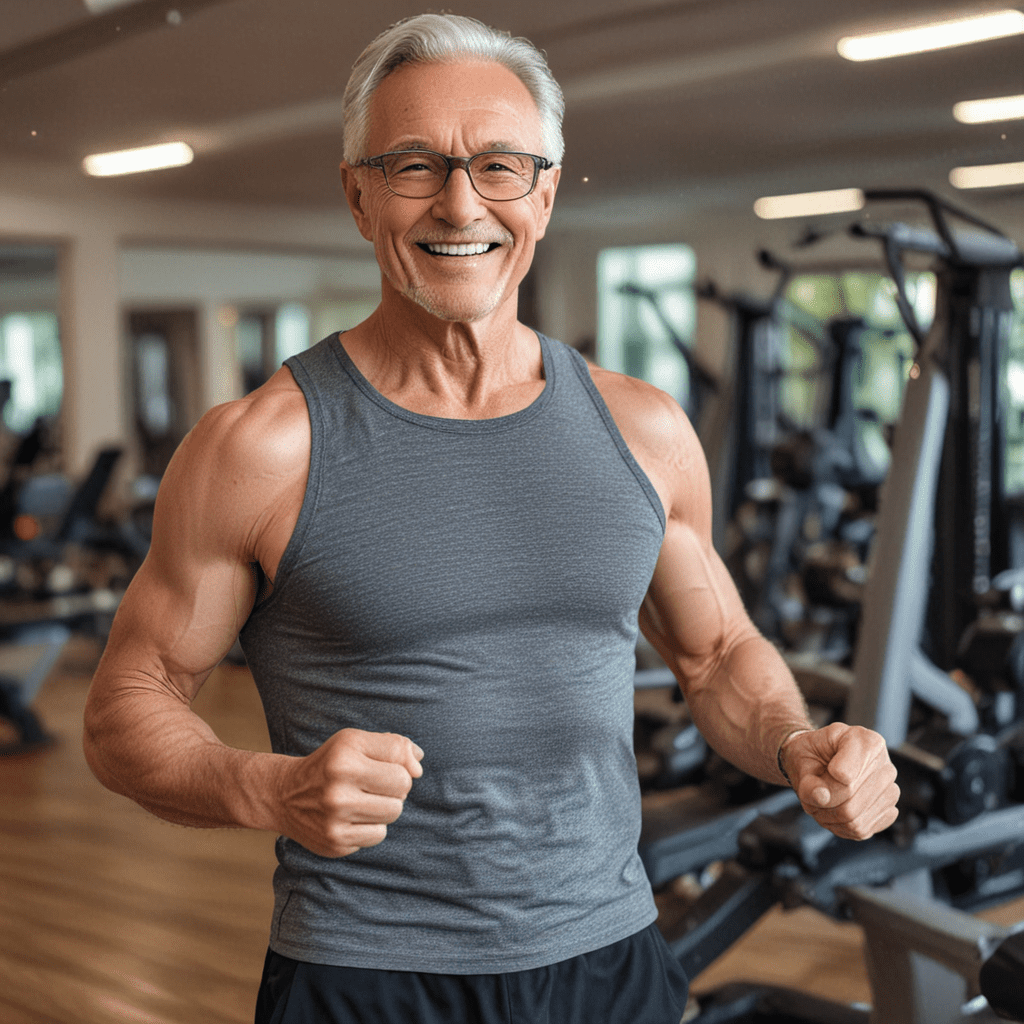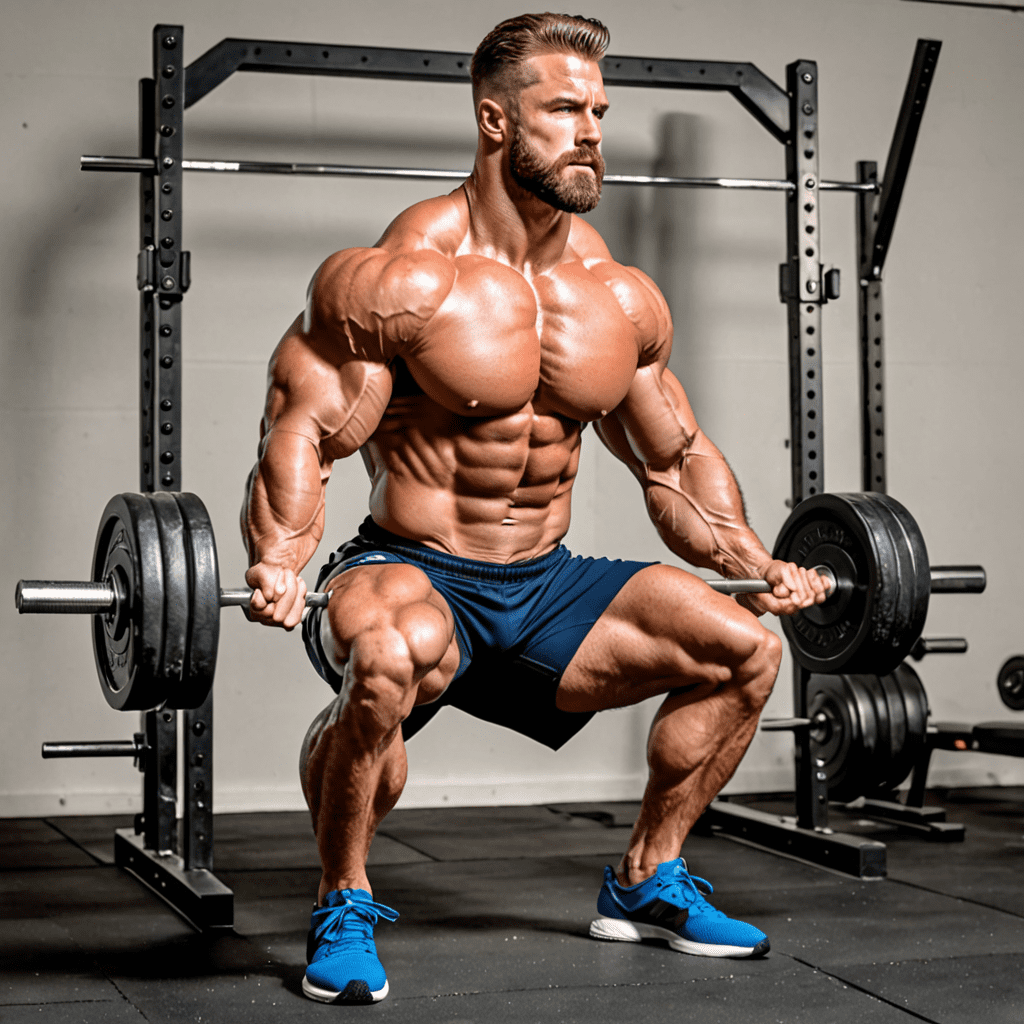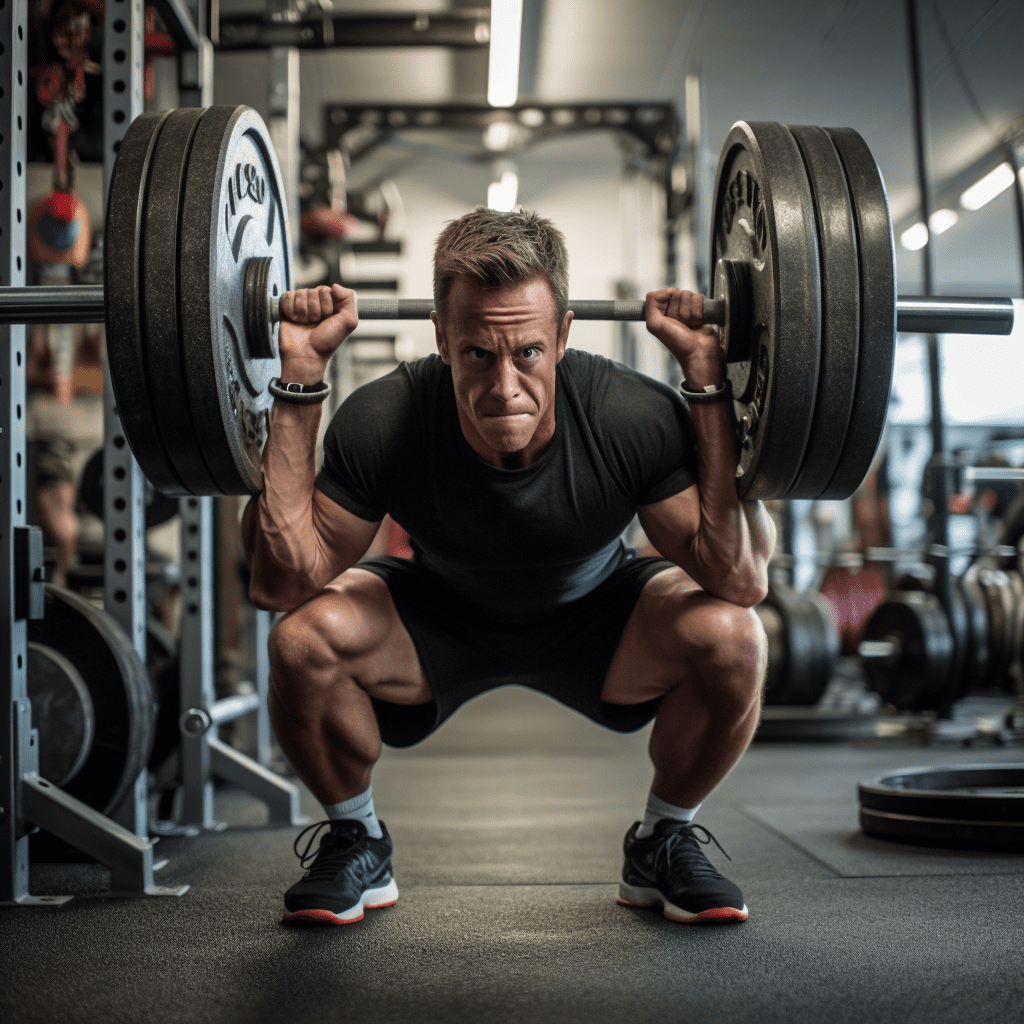
Benefits of Exercise for Skin Health in Seniors: Appearance and Function
I. Introduction
As we age, our skin undergoes various changes due to intrinsic factors (aging) and extrinsic factors (environmental stressors), leading to reduced skin firmness, increased wrinkles, and dryness. However, regular exercise can effectively counteract these age-related skin changes, providing numerous benefits to enhance both the appearance and function of the skin in seniors.
II. Enhancing Skin Appearance
Regular exercise promotes skin health and improves its aesthetic qualities in multiple ways:
A. Improved Skin Elasticity and Firmness
Exercise stimulates the production of collagen and elastin, two proteins crucial for maintaining skin structure and firmness. Increased collagen and elastin levels enhance the skin's ability to resist stretching and recoil, giving it a more youthful and plump appearance.
B. Reduced Skin Sagging and Wrinkles
As we age, the skin loses collagen and elastin, resulting in sagging and wrinkles. Exercise helps counteract this process by maintaining collagen production, which prevents premature aging signs and keeps the skin smooth and firm. Regular physical activity also improves muscle tone, which can further reduce skin laxity, especially in areas like the face, neck, and arms.
C. Enhanced Skin Glow and Radiance
Exercise promotes increased blood flow, which nourishes skin cells with oxygen and nutrients. This improved circulation enhances skin metabolism and removes toxins, resulting in a radiant and healthy complexion with a natural glow. Exercise also encourages the release of endorphins, which have mood-boosting effects and can contribute to an overall healthier and more youthful appearance.
III. Functional Skin Health Benefits
In addition to enhancing skin appearance, regular exercise offers numerous functional benefits for skin health in seniors:
A. Improved Skin Barrier Function
Exercise strengthens the skin's natural barrier, protecting it from external aggressors like bacteria, pollutants, and UV radiation. Regular physical activity promotes the production of antimicrobial peptides and lipids, which help maintain skin integrity and prevent infections.
B. Reduced Skin Dryness and Itching
Exercise improves skin hydration by increasing blood flow and stimulating the production of natural oils. This can alleviate dryness and itching, especially for seniors with conditions like eczema or psoriasis, who often experience skin discomfort.
C. Enhanced Circulation and Oxygenation
Exercise boosts blood circulation throughout the body, including the skin. Increased blood flow delivers essential nutrients and oxygen to skin cells, promoting cell renewal and repair. This improved oxygenation also aids in the healing of wounds and bruises.
D. Improved Wound Healing
Regular exercise helps improve the body's overall healing capacity, including wound healing. It stimulates blood flow to the wound site, providing the necessary nutrients and oxygen for faster and more efficient healing. Exercise also reduces inflammation, which can hinder wound healing.
IV. How Exercise Benefits Skin Health
Exercise exerts its positive effects on skin health through several mechanisms:
A. Stimulates Collagen Production
Collagen is a protein that provides strength and structure to the skin. Exercise stimulates the production of collagen, promoting skin firmness and elasticity. It also helps repair damaged collagen fibers, reducing wrinkles and sagging.
B. Increases Blood Flow
Regular physical activity increases blood flow to the skin, providing it with essential nutrients and oxygen. This improved circulation supports cell growth, repair, and rejuvenation.
C. Reduces Oxidative Stress
Exercise helps reduce oxidative stress, which is a major contributor to skin aging. It stimulates the production of antioxidants that neutralize free radicals, protecting skin cells from damage and inflammation.
V. Age-Related Skin Changes and Exercise
A. Effects of Aging on Skin
As we age, our skin undergoes several changes, including:
- Reduced collagen and elastin production, leading to sagging and wrinkles.
- Loss of fat and moisture, resulting in dryness and thinning.
- Decreased circulation, affecting nutrient and oxygen delivery to the skin.
- Impaired immune function, reducing the skin's ability to fight infections.
B. Role of Exercise in Mitigating Skin Aging
Regular exercise can help mitigate the effects of aging on the skin by:
- Stimulating collagen production, improving skin firmness and elasticity.
- Increasing blood flow, delivering nutrients and oxygen to skin cells.
- Reducing oxidative stress, protecting skin cells from damage.
- Boosting the immune system, enhancing the skin's ability to fight infections.
VI. Exercise Recommendations for Skin Health
A. Type and Duration of Exercise
For optimal skin health in seniors, incorporate a variety of exercises into your routine, including aerobic activities like brisk walking or swimming, and resistance training using weights or bands. Aim for at least 150 minutes of moderate-intensity exercise or 75 minutes of vigorous-intensity exercise per week.
B. Exercise Frequency and Intensity
Consistency is key. Exercise regularly, aiming for at least 3-5 sessions per week. Start gradually and increase the intensity and duration of your workouts progressively as you get stronger. Listen to your body and rest when needed.
VII. Other Factors Affecting Skin Health
A. Nutrition
Maintain a healthy diet rich in fruits, vegetables, and whole grains, as they provide essential nutrients for skin health. Limit processed foods, sugary drinks, and excessive alcohol consumption.
B. Sleep
Get adequate sleep, as it allows the body to repair and rejuvenate skin cells. Aim for 7-9 hours of quality sleep each night.
C. Stress Management
Chronic stress can have detrimental effects on skin health. Engage in stress-reducing activities such as yoga, meditation, or spending time in nature.
VIII. Conclusion
A. Summary of Benefits
Regular exercise offers numerous benefits for skin health in seniors, including improved skin appearance, enhanced functional skin benefits, and protection against the effects of aging. By incorporating exercise into your routine, you can promote a youthful, radiant, and healthy complexion that radiates well-being.
B. Importance of Exercise for Skin Health in Seniors
As we age, exercise becomes even more critical for maintaining optimal skin health. It effectively counteracts the skin changes associated with aging, promotes skin firmness, reduces wrinkles, and improves the skin's overall appearance and functionality. By prioritizing exercise as part of a healthy lifestyle, seniors can enjoy the numerous benefits it has to offer, including improved skin health.
FAQ
1. What type of exercise is best for skin health?
Incorporate a variety of exercises, including aerobic activities (brisk walking, swimming) and resistance training (weights, bands).
2. How often should I exercise for skin benefits?
Aim for at least 3-5 sessions per week, gradually increasing intensity and duration.
3. How does exercise improve skin elasticity?
Exercise stimulates collagen and elastin production, enhancing skin firmness and elasticity.
4. Can exercise reduce skin dryness in seniors?
Yes, exercise improves blood flow and stimulates natural oil production, reducing skin dryness and itching.
5. Does exercise help with wound healing?
Yes, exercise improves circulation and blood flow to the wound site, promoting faster and more efficient healing.

